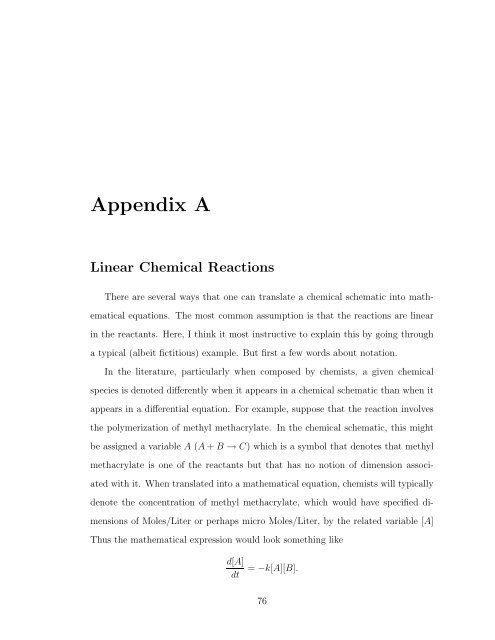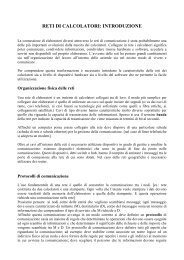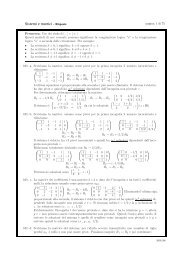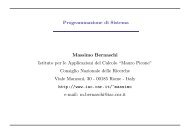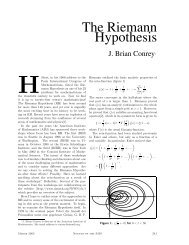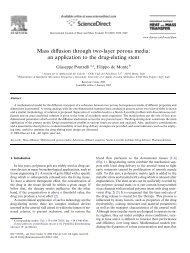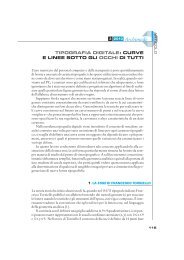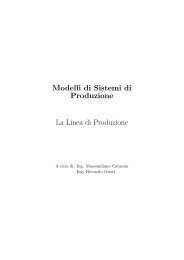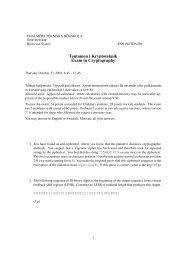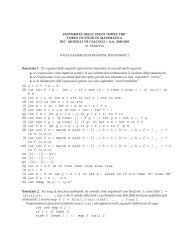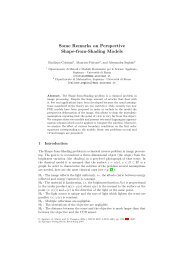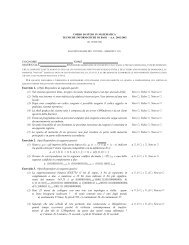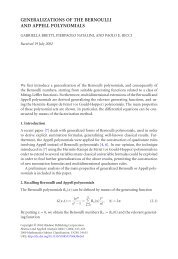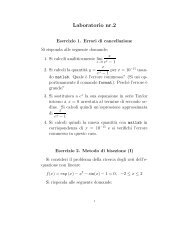A SHORT COURSE IN THE MODELING OF CHEMOTAXIS
A SHORT COURSE IN THE MODELING OF CHEMOTAXIS
A SHORT COURSE IN THE MODELING OF CHEMOTAXIS
You also want an ePaper? Increase the reach of your titles
YUMPU automatically turns print PDFs into web optimized ePapers that Google loves.
Appendix A<br />
Linear Chemical Reactions<br />
There are several ways that one can translate a chemical schematic into math-<br />
ematical equations. The most common assumption is that the reactions are linear<br />
in the reactants. Here, I think it most instructive to explain this by going through<br />
a typical (albeit fictitious) example. But first a few words about notation.<br />
In the literature, particularly when composed by chemists, a given chemical<br />
species is denoted differently when it appears in a chemical schematic than when it<br />
appears in a differential equation. For example, suppose that the reaction involves<br />
the polymerization of methyl methacrylate. In the chemical schematic, this might<br />
be assigned a variable A (A + B → C) which is a symbol that denotes that methyl<br />
methacrylate is one of the reactants but that has no notion of dimension associ-<br />
ated with it. When translated into a mathematical equation, chemists will typically<br />
denote the concentration of methyl methacrylate, which would have specified di-<br />
mensions of Moles/Liter or perhaps micro Moles/Liter, by the related variable [A]<br />
Thus the mathematical expression would look something like<br />
d[A]<br />
dt<br />
= −k[A][B].<br />
76


